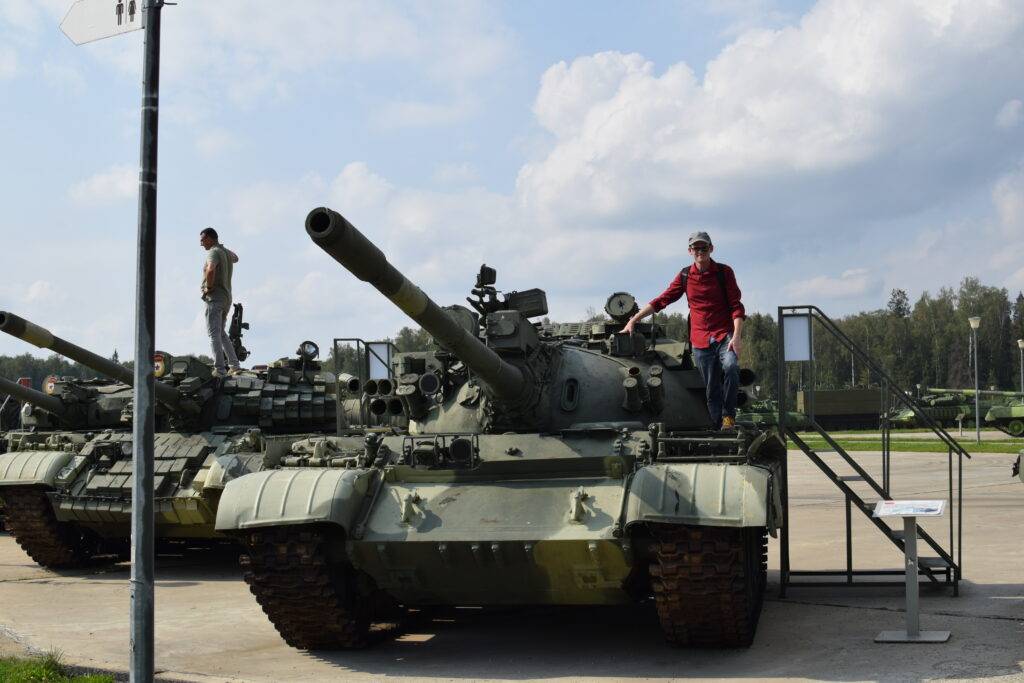Tonight we went out to central Moscow and Red Square. Here’s what it looks like… and my thoughts from it all. I want to talk about a certain little thing called careless consumption.








History museum.



This is Bolshoi theater, incidentally.

Kids don’t care about cold here.



Russian monument to dead German philosopher (Karl Marx).









Then we visited GUM.










Father Frost and Snow Maiden.

A tree that looks like snow maiden. Ah yes, horrors beyond human comprehension. No, seriously, I really disliked this tree.


All that said, here’s the thing about Russian shopping malls. They’re not quite the same as in the USA and it took me almost a year to figure out why. Even the biggest and most luxurious Russian shopping malls don’t quite give the same dopamine rush as they do back in the USA and actually, this isn’t the first time I’ve felt this. In 2016, I visited one of the largest shopping malls in the world, located in Kuwait City. American shopping malls and big box stores have a certain quality that other people see, but consistently fail to replicate.
That quality is careless consumption.
I’ll give the perfect example of what isn’t careless consumption. This display at GUM.

Every family needs a blender, but not just any blender. You should buy a blender that’s more expensive, nicer, and looks better than anyone else’s, and you can put it on display in your house like a samovar to make your guests envious. Notice the “tax free” sign in English to appeal to foreigners. And of course this isn’t unique to Russia either. Think of the duty-free stores at international airports, or malls across the world. Capital cities tend to get more foreigners than anywhere else, so displays are set up to appeal to them. These tend to be items that people would buy anyway, like household appliances, booze, or cigarettes, but can perhaps get cheaper here than at home.
In America, we’re just drowning in consumer goods, and that’s why our stores and homes just look different than anywhere else in a way that’s almost unexplainable.
Another perspective to try and make sense of this. In China, Mao declared common prosperity for the Chinese people, which just meant that nobody was starving anymore. Up until that point, China had been trapped in a state of perpetual, endless, nonstop famine. He didn’t mean that every Chinese peasant had an endless supply of cars, Blueray DVD players, widescreen TVs, and the newest Iphone.
But not America. We’re up to our eyeballs in consumer goods, and every other population in the world is envious of us. They see our multiple cars per household, massive suburban houses, our obscene spending habits, and are jealous. And they should be jealous, because no one else in the world could afford to live like this. But the dirty little secret is that we can’t afford it either, both on the personal level and as a country. Our national debt is more than $92,000 per person. No one else could get away with printing and borrowing as much money as us, and the only reason we can is because the Dollar is the world’s reserve currency and there’s just so much of it in circulation. As an additional and powerful perk, the Dollar has an unnaturally high exchange rate against other currencies.
There’s also some smoke and mirrors involved, plain old propaganda. The best propaganda is propaganda that people accept as fact, and don’t even realize it’s propaganda. Very few of the 8 billion people in the world will ever visit the USA, and out of those few, an even smaller number will stay for long enough to see the “true” side of our country. Everyone else can only judge from our media – mainly Hollywood. The idea that every American down to the lowliest janitor lives in the lap of luxury is reinforced by our movies. Recently I wrote a review of the 1991 film The Rocketeer, set in 1938, the depths of the Great Depression. But you wouldn’t know that from watching the movie because not one person in it seems even slightly uncomfortable. The two main characters are blue-collar bachelors working at an air show in California. Not exactly the first people who come to mind when you think of affluence. Yet they live in a spacious and well-furnished house. This is particularly funny to me because I have toured the house of John Muir, who lived in California until his death in 1914, only a couple of decades before The Rocketeer is supposed to take place. This is the house a literal millionaire lived in:

Last week in the cafeteria at university, a young Russian lady commented that Moscow is big, though not as big as New York. She was quite astonished when I told her that Moscow is in fact bigger than New York. Not a little bigger. A lot bigger. 15-16 million people versus New York’s 8 million. That’s the power of careless consumption, and the way it’s portrayed in the media. The America the rest of the world sees in our media is literally bigger than life.
Ian Kummer

Support my work by making a contribution through Boosty
All text in Reading Junkie posts are free to share or republish without permission, and I highly encourage my fellow bloggers to do so. Please be courteous and link back to the original.
I now have a new YouTube channel that I will use to upload videos from my travels around Russia. Expect new content there soon. Please give me a follow here.
Also feel free to connect with me on Quora (I sometimes share unique articles there).



Those photos are so beautiful I feel like crying.
And yes, you’re probably right about “big” America.
I’ve been waiting for you to post photos like these and they did not disappoint. Oh Man! Beautiful photos and a great post.
I was thinking… see, yet is the most depressed nation isn’t it (or high on the list)? Goods didn’t make ppl happy, that’s the ultimate truth. Hope we learned it, or, better, relearned.
Don’t “onion” Ukrainians for they can take it as manual
https://t.me/Z_BOEV_LIST_Z/10325
Video: allegedly AFU’s tank with welded latches
Per capita debt of “$92,000 per person.”
It’s funny how people are quite willing to give everybody an equal share of the national debt but would not dream of dividing even just the liquid assets in a national economy the same way. Not even rhetorically.
“privatising profits, nationalizing losses”
Tragedy of Common met Temporsry Frustrated Millioneers
Yes. Also how some thoughts can be made _almost_ unthinkable, or at least unutterable.
Well said.
But the national debt is just the debt of the Federal Government.
There are a lot of additional debts, tripling the number, not counting future liabilities (social security, medicare, etc)
And most assets are privately owned, although theoretically the taxes over the income they earn are a public asset.
when i was in prague i was surprised at how beautiful it was despite the czech republic’s relative poverty at the time (pre-EU, early 2000s). the pictures of moscow remind of that…good times.
my SO bought that exact blender 9 months or so ago. still in the box. partly because our kitchen is dogsh_t (thanks, funnily enough, to our cheapskate russian landlord) but also because consumption. amazon + covid made it worse but it’s always been an issue with westerners. “want vs need” if i had to sum it up.
Moscow metropolitan area is assessed at about 20 million people; 26,000 km2
New York metropolitan area is assessed at about 20 million people; 17,405 km2
Most American cities have not integrated the conurbation; people have migrated into the suburbs which have lower taxes, starving the city core with the infrastructure of a tax base. The suburbs are often counted as separate municipalities or even counties and states, which also leads to poor policy making (everyone for themselves). But it also leads to often very difficult comparisons of relative size and population
« careless consumption … up to our eyeballs in consumer goods »
I think the typical character of American consumerism is that it is such a highway to banality.
The strip malls and shopping malls like an island in huge seas of cars in the parking lot.
The emphasis that bigger and more is always better.
The mass character of advertising and commercially engendered demand.
The vapid and commercial character of “taste”, drowning personal, individual pursuits and differentiation.
American cities often have little more character than collections of houses, infrastructure, and shopping malls, the same across the country.
But most importantly, banal.
And banal is the opposite of reverence, class, and any opening to the sacred.